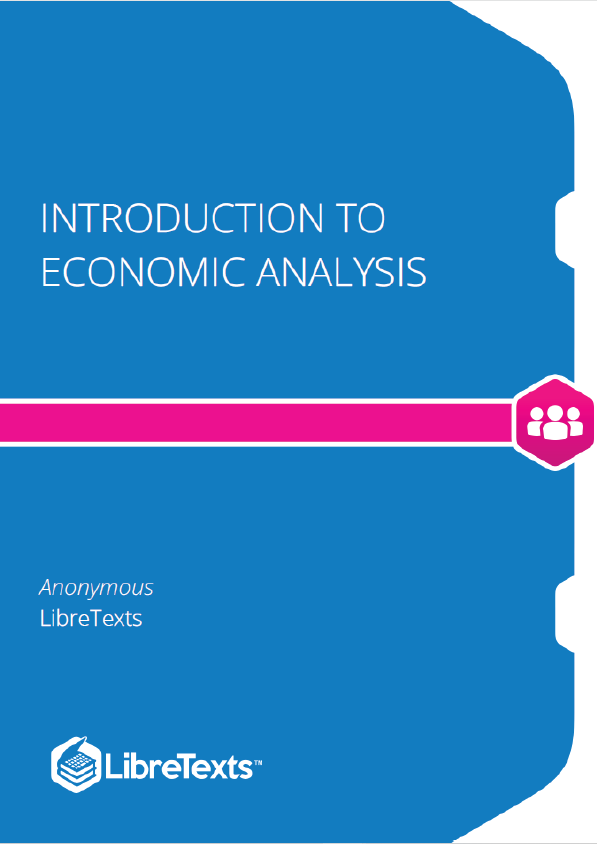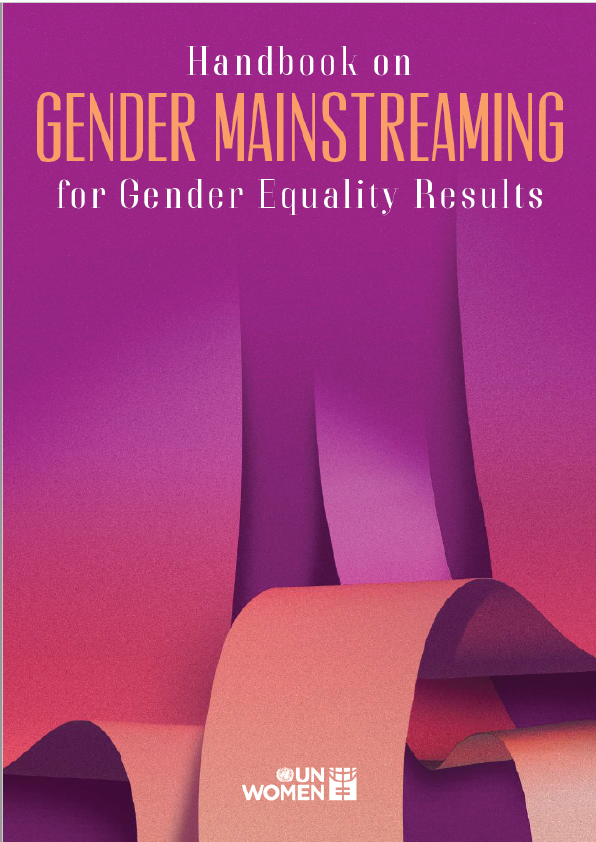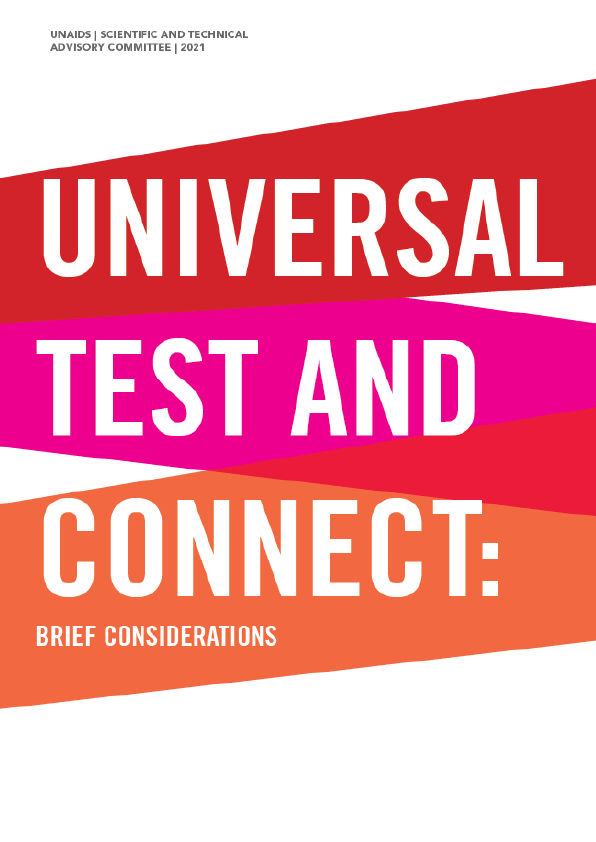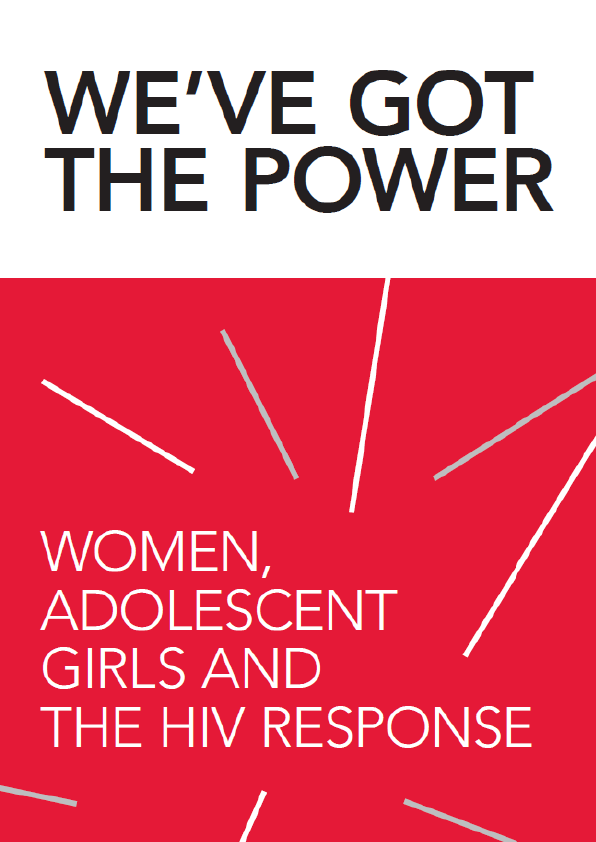This book presents standard intermediate microeconomics material and some material that, in the authors’ view, ought to be standard but is not. Introductory economics material is integrated. Standard mathematical tools, including calculus, are used throughout. The book easily serves as an intermediate microeconomics text, and can be used for a relatively sophisticated undergraduate who has not taken a basic university course in economics.
Normative and Positive Theories
LEARNING OBJECTIVES
- How is economics used?
- What is an economic theory?
- What is a market?
Economic analysis serves two main purposes. The first is to understand how goods and services, the scarce resources of the economy, are actually allocated in practice. This is a positive analysis, like the study of electromagnetism or molecular biology; it aims to understand the world without value judgments. The development of this positive theory, however, suggests other uses for economics. Economic analysis can predict how changes in laws, rules, and other government policies will affect people and whether these changes are socially beneficial on balance. Such predictions combine positive analysis—predicting the effects of changes in rules—with studies that make value judgments known as normative analyses. For example, a gasoline tax to build highways harms gasoline buyers (who pay higher prices) but helps drivers (by improving the transportation system). Since drivers and gasoline buyers are typically the same people, a normative analysis suggests that everyone will benefit. Policies that benefit everyone are relatively uncontroversial.
In contrast, cost-benefit analysis weighs the gains and losses to different individuals to determine changes that provide greater benefits than harm. For example, a property tax to build a local park creates a benefit to park users but harms property owners who pay the tax. Not everyone benefits, since some taxpayers don’t use the park. Cost-benefit analysis weighs the costs against the benefits to determine if the policy is beneficial on balance. In the case of the park, the costs are readily measured in monetary terms by the size of the tax. In contrast, the benefits are more difficult to estimate. Conceptually, the benefits are the amount the park users would be willing to pay to use the park. However, if there is no admission charge to the park, one must estimate a willingness-to-pay, the amount a customer is willing and able to pay for a good. In principle, the park provides greater benefits than costs if the benefits to the users exceed the losses to the taxpayers. However, the park also involves transfers from one group to another.
Welfare analysis is another approach to evaluating government intervention into markets. It is a normative analysis that trades off gains and losses to different individuals. Welfare analysis posits social preferences and goals, such as helping the poor. Generally a welfare analysis requires one to perform a cost-benefit analysis, which accounts for the overall gains and losses but also weighs those gains and losses by their effects on other social goals. For example, a property tax to subsidize the opera might provide more value than costs, but the bulk of property taxes are paid by lower- and middle-income people, while the majority of operagoers are wealthy. Thus, the opera subsidy represents a transfer from relatively low-income people to wealthy people, which contradicts societal goals of equalization. In contrast, elimination of sales taxes on basic food items like milk and bread has a greater benefit to the poor, who spend a much larger percentage of their income on food, than do the rich. Thus, such schemes are desirable primarily for their redistribution effects. Economics is helpful for providing methods to determining the overall effects of taxes and programs, as well as the distributive impacts. What economics can’t do, however, is advocate who ought to benefit. That is a matter for society to decide.











